ANDY WARHOL (1928-1987)
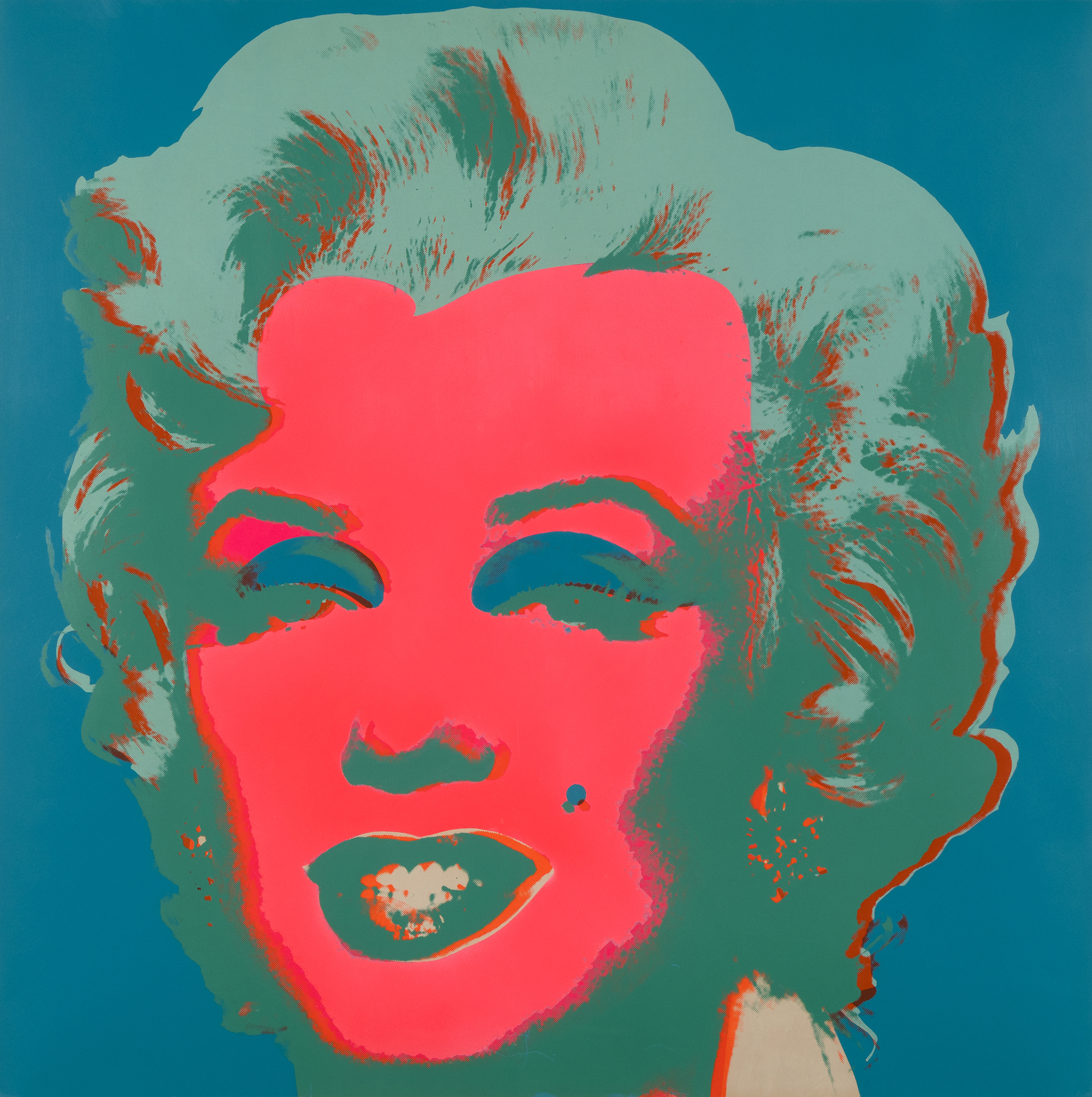
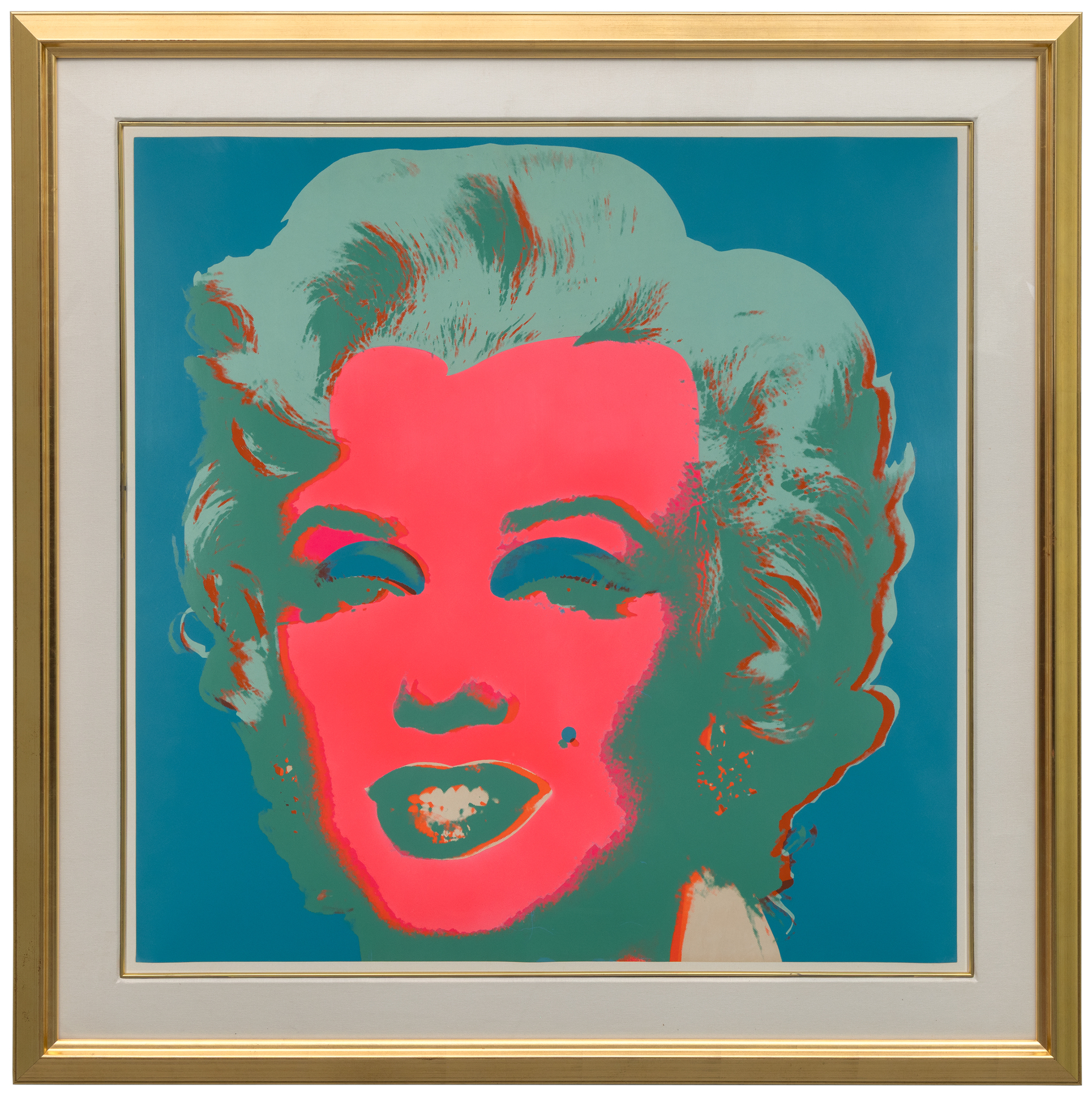
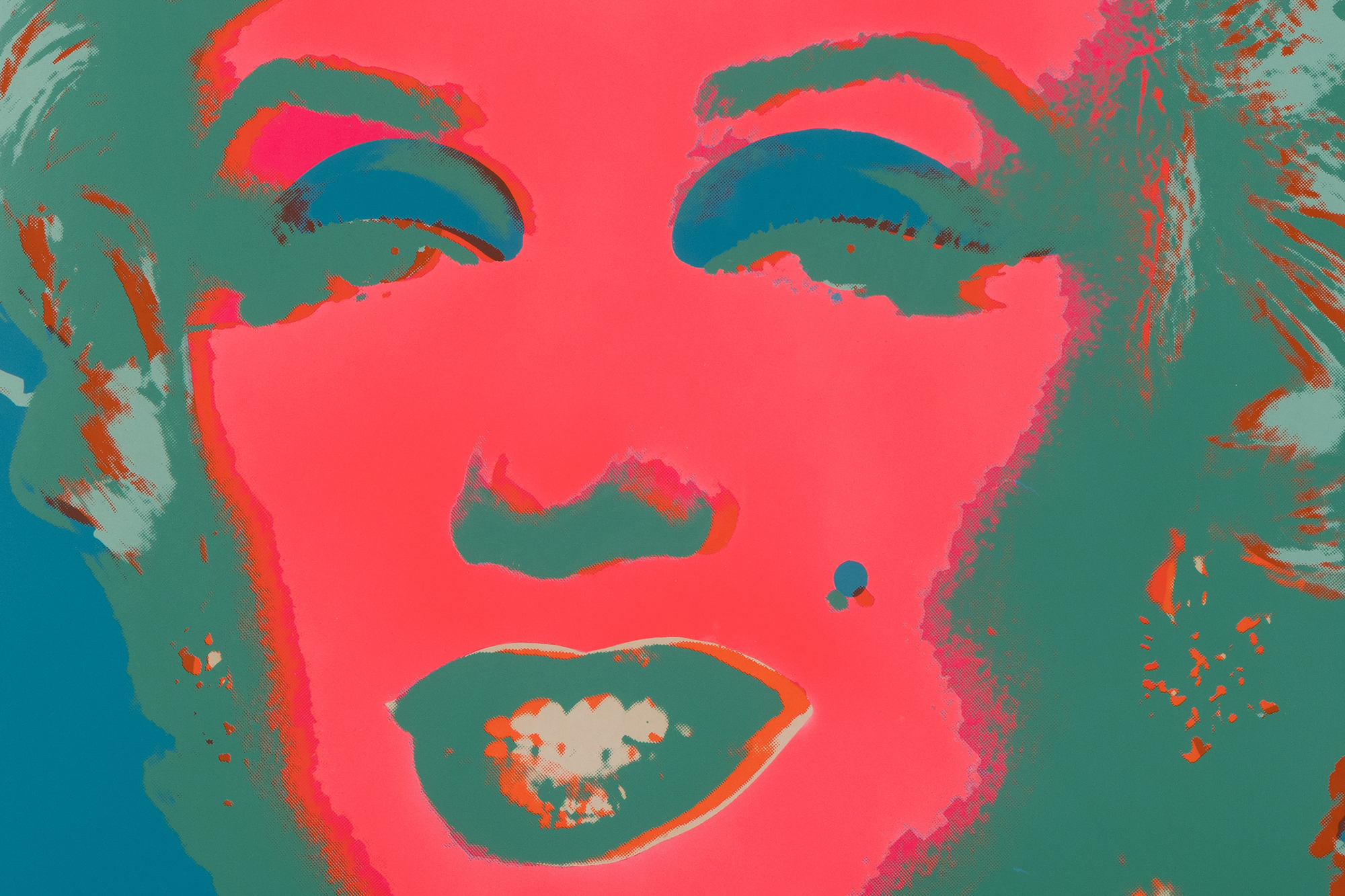
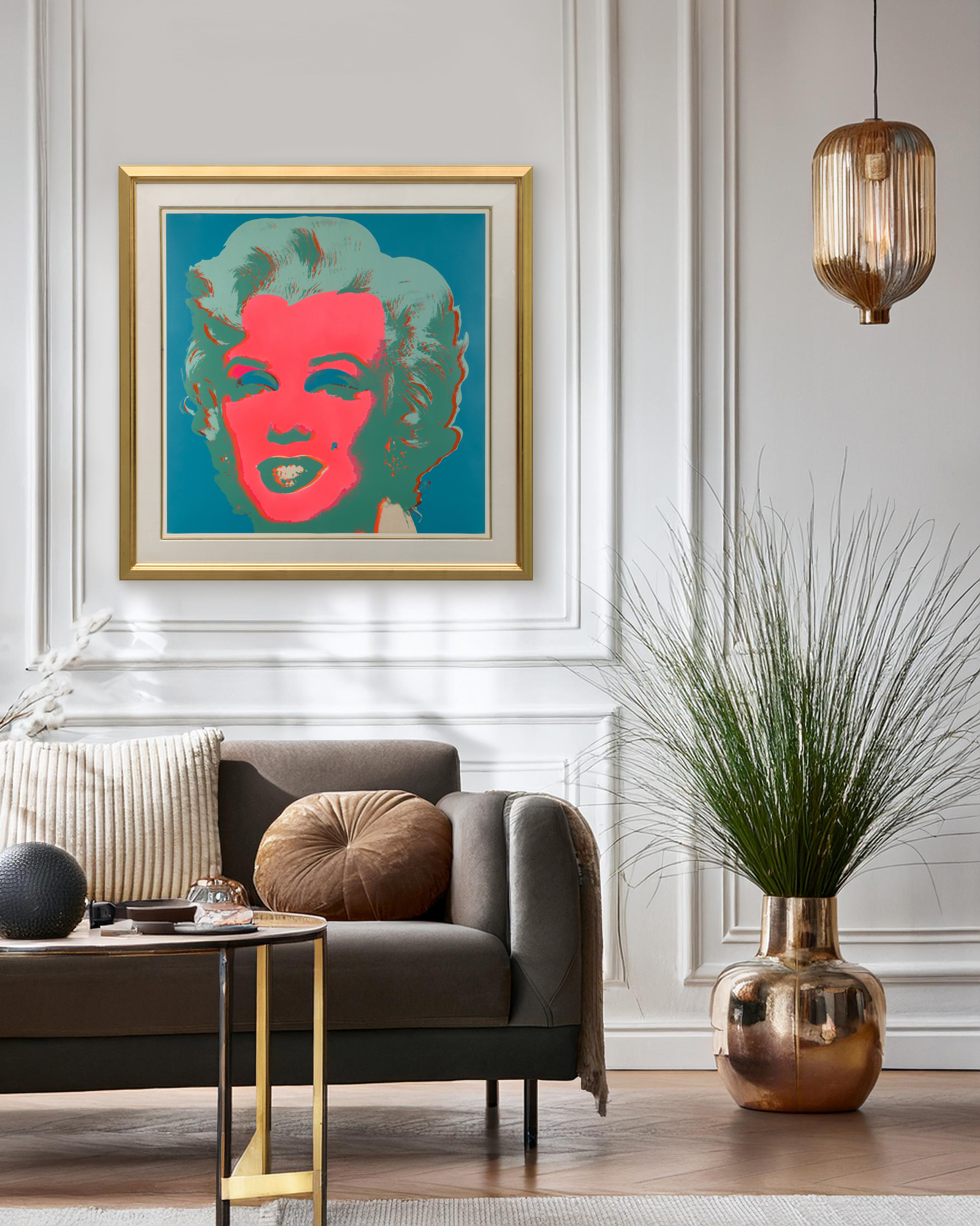



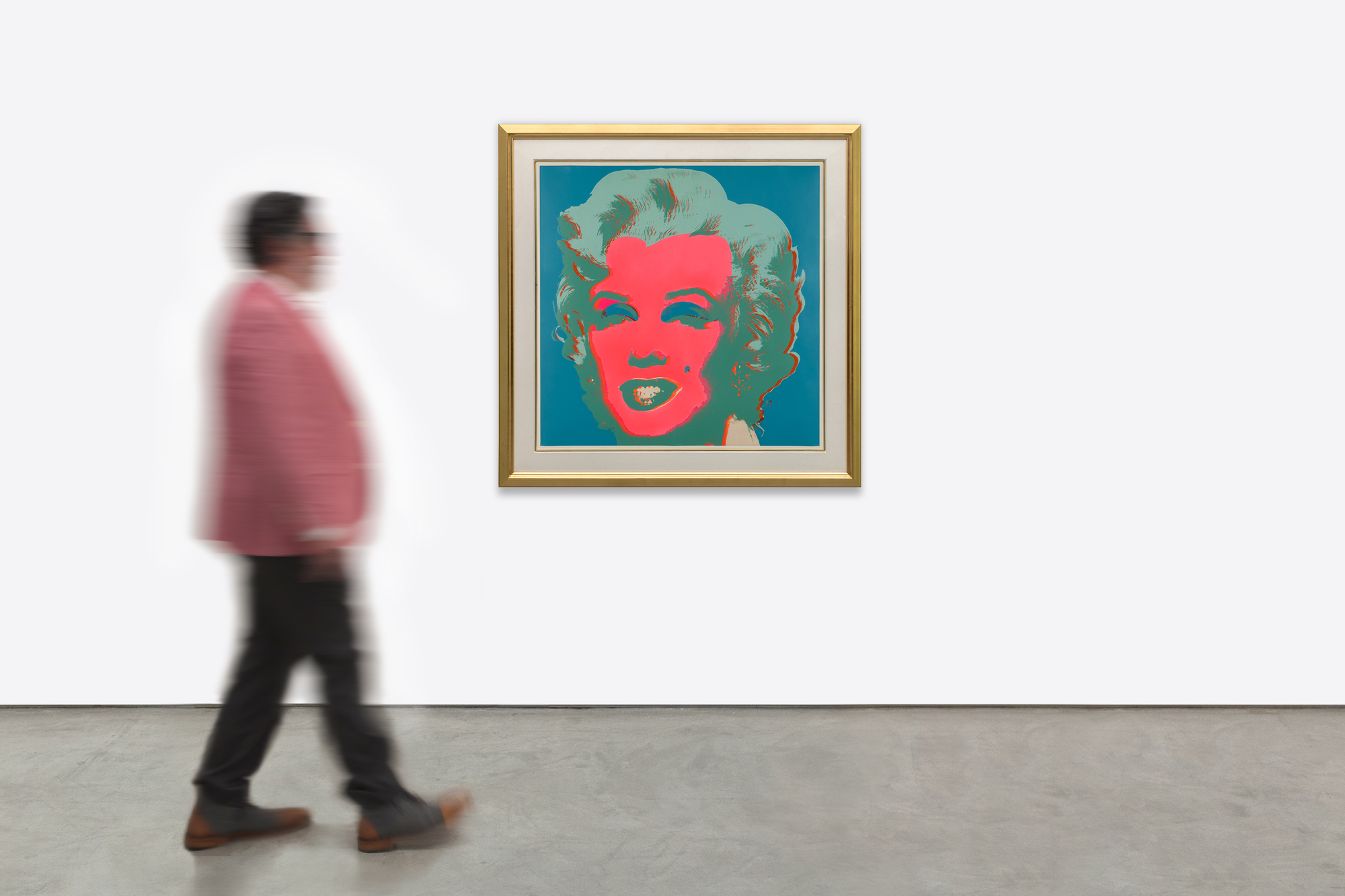
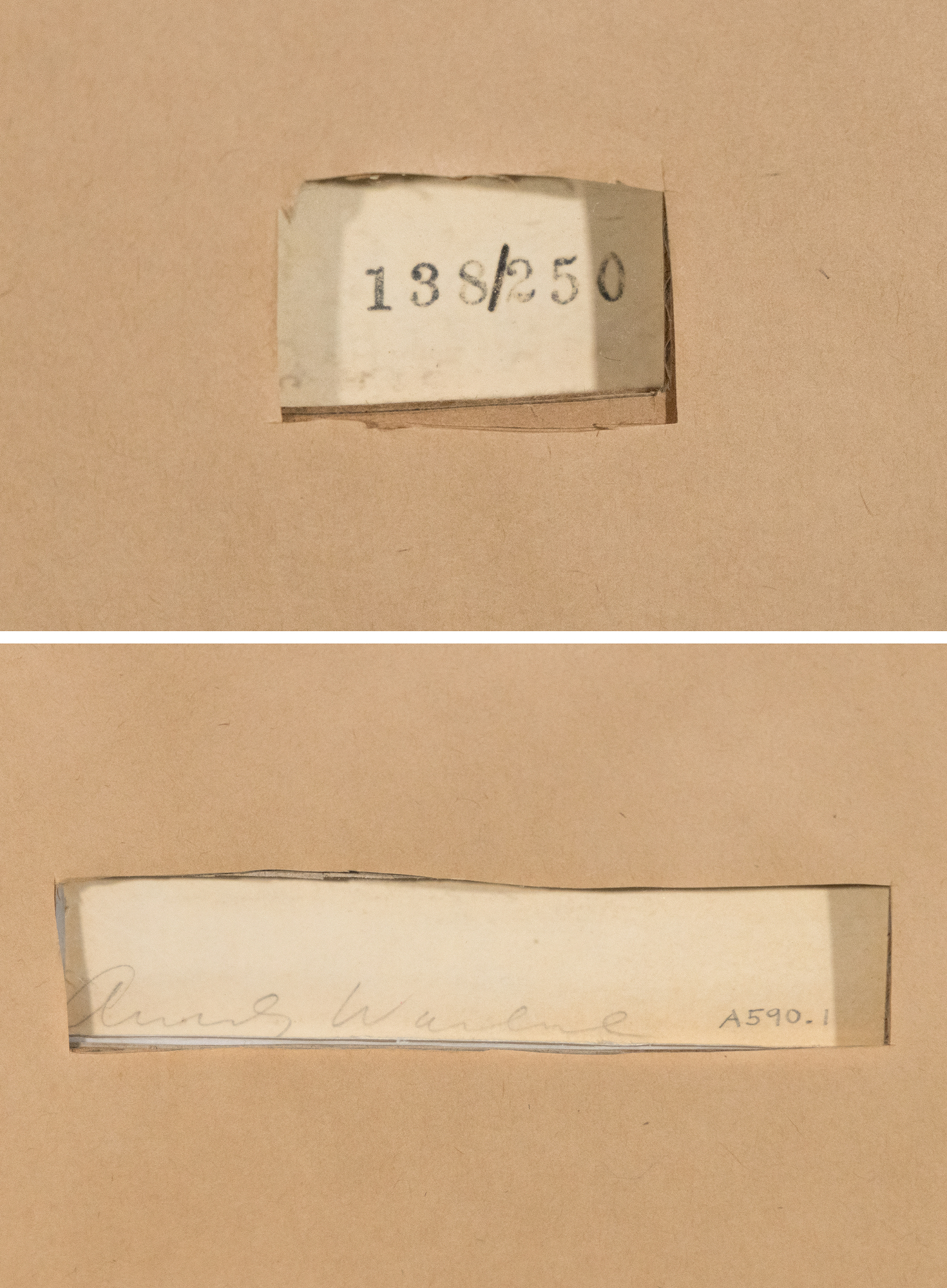
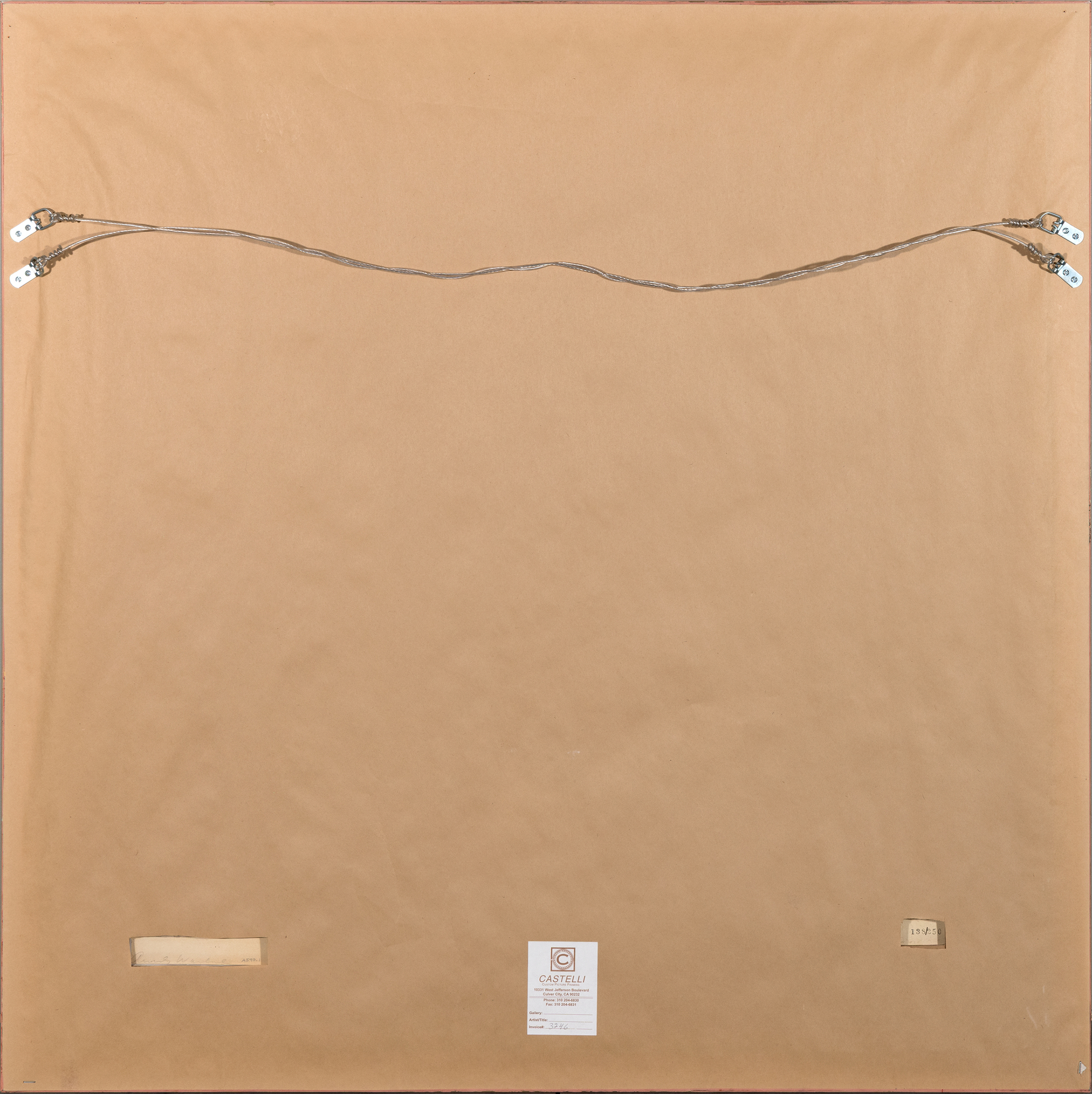
Provenance
Hamilton Selway Fine ArtPrivate Collection
Heather James Fine Art
Literature
Frayda Feldman & Jorg Schellmann, Andy Warhol Prints: A Catalogue Raisonne: 1962-1987, New York, 2003, no. II.30Based on a publicity still from the 1953 film Niagara, Warhol’s Marilyns epitomize his fascination with celebrity, mass media, and the power of the reproduced image. Each print in the series was created with five screens—one carrying the photographic likeness and four for areas of color—deliberately layered with bold hues that are at times slightly off-register. This misalignment heightens the tension between glamour and artifice, echoing the fragile brilliance of Marilyn Monroe’s own persona.
As one of Warhol’s defining bodies of work, the "Marilyn" prints remain icons of Pop Art, merging Hollywood stardom with silkscreen’s mechanical repetition to create a timeless meditation on fame, desire, and image.


